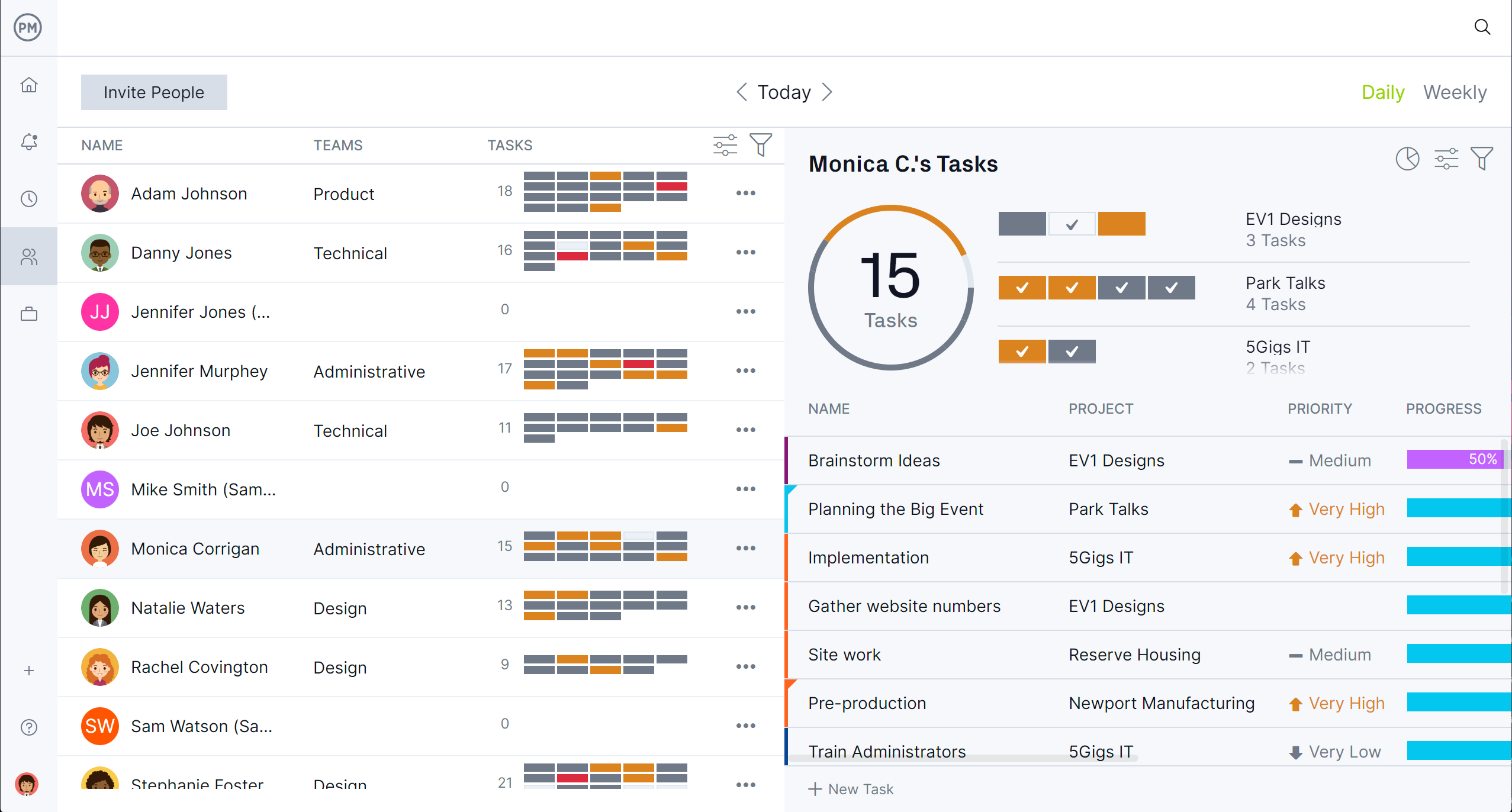Production is the backbone of any manufacturing business, and managing it effectively requires more than just good equipment or skilled workers. A production management system brings together people, processes, tools and technology to create a unified approach for meeting demand while controlling costs.
From standard operating procedures to advanced ERP software, these systems ensure every stage of production is aligned and efficient. In this guide, we’ll define what a production management system is, explain its key elements, and highlight the top five systems that manufacturers use to improve quality, boost productivity, and stay competitive.
What Is a Production Management System?
A production management system is the overall framework that organizations use to plan, organize, monitor, and control their manufacturing operations. It combines processes, methods, tools, people, and resources to ensure that production runs efficiently, delivers the right level of quality, and meets demand on time and within budget.
At its core, a production management system coordinates the flow of materials, labor and equipment, while also establishing standards and procedures to minimize waste and maximize productivity. It integrates planning and scheduling with execution and monitoring, allowing managers to identify bottlenecks, track performance through key indicators and adjust operations in real time.
This system isn’t limited to software—although digital tools like ERP or MRP platforms often support it—but rather represents the complete organizational setup for managing production. Its ultimate goal is to align production capacity with customer demand while maintaining cost control and continuous improvement.
ProjectManager strengthens any production management system primarily through its Gantt chart functionality. The Gantt chart provides a clear visual timeline of all production tasks, dependencies and deadlines, allowing managers to see the entire workflow at a glance. It helps identify bottlenecks, overlaps and critical paths so that adjustments can be made quickly to keep production on schedule.
By linking tasks and assigning dependencies, the Gantt chart ensures that each stage of production flows smoothly into the next, improving coordination across teams. This visual planning tool is essential for increasing efficiency and maintaining consistent output in a manufacturing environment. Get started with ProjectManager today for free.
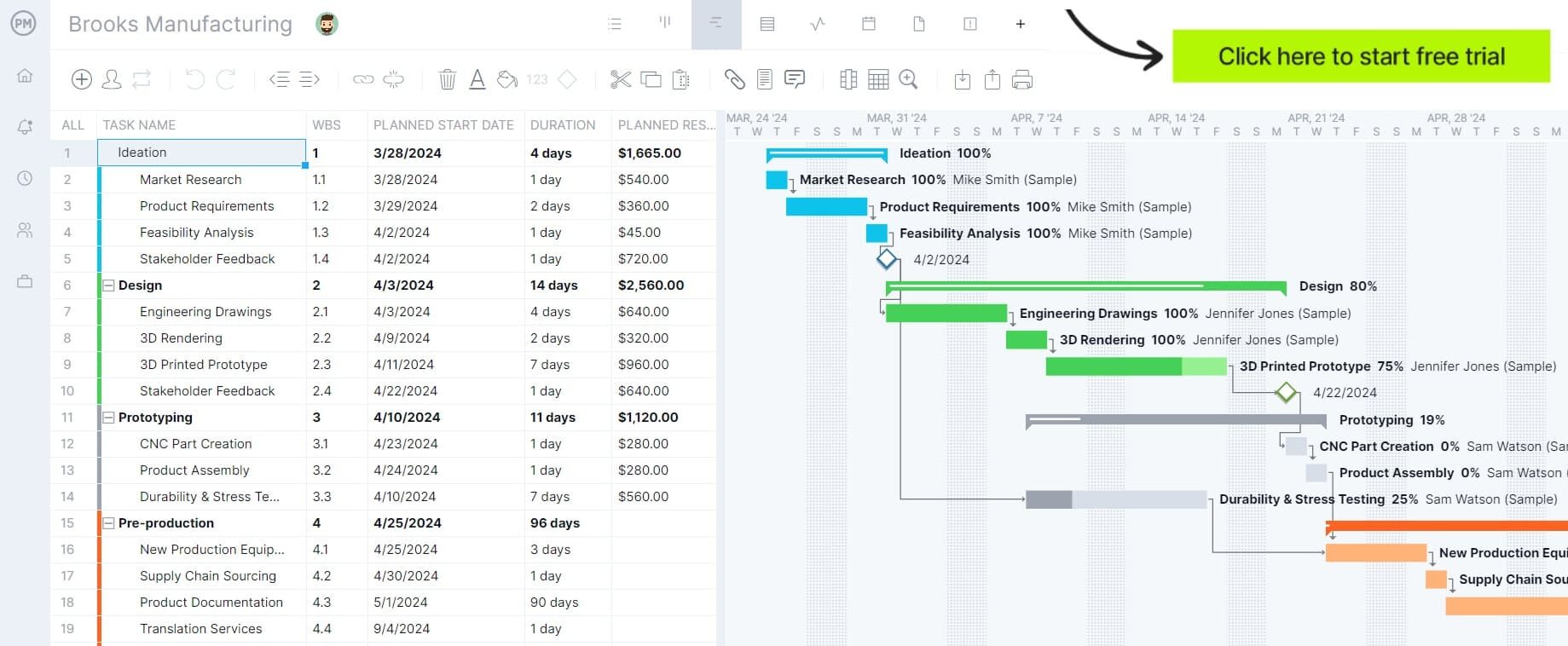

Elements of a Production Management System
Understanding the key elements of a production management system helps manufacturers organize workflows, allocate resources, and maintain efficiency. These components work together to ensure that production runs smoothly, deadlines are met, and quality standards are maintained.
Standard Operating Procedures
Standard operating procedures (SOPs) form the foundation of a production management system by establishing clear, repeatable steps for every task. They ensure consistency, reduce errors and make training new staff easier. SOPs define workflows, safety guidelines, and quality checks so that operations run smoothly and efficiently.
By standardizing processes, organizations can achieve predictable outcomes, improve compliance with industry regulations, and maintain high-quality output while minimizing downtime and waste across the production cycle.
Related: Standard Operating Procedure (SOP) Template
Human Resources
People are at the heart of any production management system. Human resources include managers, supervisors, technicians, and operators responsible for carrying out tasks, solving problems, and overseeing production. HR practices such as training, workload distribution and performance evaluation ensure staff are equipped and motivated to meet production goals.
Proper workforce management balances skills with demand, reduces labor bottlenecks, and fosters continuous improvement, making human resources a critical element in aligning production capabilities with organizational objectives.
Machinery and Equipment
Production cannot function without the machinery and equipment that execute tasks on the shop floor. These assets must be selected, maintained, and upgraded strategically to align with production requirements. Within a production management system, equipment performance is monitored to minimize downtime and extend asset lifespan.
Preventive maintenance schedules, calibration standards and real-time monitoring ensure machines operate efficiently. By integrating equipment management into the overall system, organizations achieve consistent output, reduce costly breakdowns and optimize production capacity.
ERP Software
Enterprise Resource Planning (ERP) software acts as the backbone of modern production management systems. It integrates production activities with other core business functions like procurement, inventory, finance and supply chain. ERP software centralizes data, giving managers real-time visibility into materials, schedules and costs. This integration eliminates silos, streamlines decision-making and enhances coordination across departments.
Project or Work Management Software
Project or work management software supports production teams by providing tools for task organization, collaboration and progress tracking. Unlike ERP systems, which focus on enterprise-wide integration, these platforms are tailored to day-to-day coordination and communication. Features such as Gantt charts, task assignments and time tracking help ensure that production schedules are followed and deadlines are met. By enabling better visibility and accountability, this software enhances team efficiency and ensures that projects align with broader production goals.
Production Planning and Scheduling Methodologies
Planning and scheduling methodologies guide how production resources are allocated and tasks are sequenced to meet deadlines. Methods like Just-in-Time (JIT), Lean or Material Requirements Planning (MRP) balance demand with capacity while minimizing waste. Within a production management system, these methodologies define the logic behind when and how work gets done. They ensure production flows efficiently, avoid bottlenecks and align schedules with customer orders.
How to Implement a Production Management System
Implementing a production management system requires careful planning and a step-by-step approach to ensure that all elements of the manufacturing process are aligned. From acquiring the right machinery to establishing standard procedures and integrating software tools, each step plays a critical role in improving efficiency, minimizing waste and meeting production targets.
1. Acquire Production Machinery and Equipment
Investing in the right machinery and equipment is fundamental to building an efficient production management system. Selecting machines that match production capacity and quality requirements ensures that workflows are smooth and output meets standards. Modern, reliable equipment reduces downtime and maintenance costs while increasing productivity.
It’s important to consider scalability so that additional machinery can be added as production grows. Proper installation and calibration are also critical to ensure that machines operate correctly from the start. Choosing the right equipment forms the foundation of a system capable of delivering consistent results and meeting production goals.
2. Hire Personnel and Set Up a Manufacturing Shop Floor
Staffing the manufacturing floor with skilled personnel is essential to achieving operational efficiency. Hiring employees with the right technical skills and training ensures that machinery is operated safely and efficiently. Designing the shop floor layout to optimize workflow, minimize travel distances and reduce bottlenecks further supports productivity.
Proper onboarding and training programs ensure new hires understand processes and safety protocols. Combining skilled staff with a well-designed floor layout ensures that production can run smoothly, efficiently and safely while meeting output targets.
3. Establish Standard Operating Procedures
Standard operating procedures (SOPs) provide step-by-step instructions for all production tasks. SOPs ensure consistency in quality, reduce errors and streamline training for new staff. They create a reference framework that employees can follow, improving workflow efficiency and reducing downtime.
SOPs also make it easier to monitor compliance and performance, identify areas for improvement, and implement changes without disrupting production. Establishing SOPs is critical for maintaining a structured, organized and predictable production environment where goals and quality standards are consistently met.
4. Use an ERP Software for Managing Production Operations
ERP software integrates various business functions into a single platform, helping manage production, finances, inventory and personnel. This centralization ensures better visibility, improved coordination, and reduced errors across departments. ERP systems provide real-time data on production performance, inventory levels and financial metrics, allowing managers to make informed decisions quickly.
ERP software simplifies planning, forecasting and reporting, streamlines workflows and ensures all production processes are aligned with business objectives, supporting a more efficient and effective production management system.
- Billing and Accounting: Automates invoicing, expense tracking and financial reporting to reduce errors and improve cash flow.
- Inventory Management: Monitors raw materials, work-in-progress and finished goods to maintain optimal stock levels and prevent shortages.
- Payroll Processing: Tracks employee hours, calculates wages and manages benefits efficiently and accurately.
- Customer Relationship Management (CRM): Centralizes customer data, order history and communications to improve service and satisfaction.
- Supply Chain Management: Coordinates suppliers, procurement and logistics to ensure materials are available when needed.
- Employee Management: Oversees scheduling, training and performance tracking to maintain an effective workforce.
5. Use Project Management Software to Plan, Schedule & Monitor Production Projects
Project management software helps manufacturers plan, schedule, and track production activities in real time. It provides visibility into workflows, deadlines, and dependencies, ensuring that all projects stay on track. Managers can assign tasks, monitor progress and identify bottlenecks before they impact production. These tools also support collaboration, risk management and financial tracking, making it easier to manage complex operations across multiple teams and production lines.
- Production Scheduling: Visual timelines help plan tasks, link dependencies and adjust schedules to prevent delays.
- Timesheets: Track employee hours to manage labor costs and monitor productivity accurately.
- Resource Allocation: Assign labor, equipment and materials efficiently to avoid bottlenecks and idle time.
- Progress Tracking: Monitor project milestones, task completion and workflow status to maintain on-time production.
- Risk Management: Identify potential issues early, plan contingencies, and minimize disruptions to production schedules.
- Collaboration and File Sharing: Teams can share documents, comment on tasks and communicate in real time to reduce miscommunication.
- Budget Tracking: Monitor expenses against production plans to ensure projects stay within financial limits and resources are used efficiently.
5 Best Production Management Systems
The best production management systems bring together tools that help manufacturers plan, track, and optimize operations from start to finish. These systems provide real-time visibility into processes, improve coordination between teams and ensure that resources are used effectively. Choosing the right system can significantly enhance productivity and give businesses the control they need to stay competitive in today’s fast-paced manufacturing environment.
1. ProjectManager & Acumatica Integration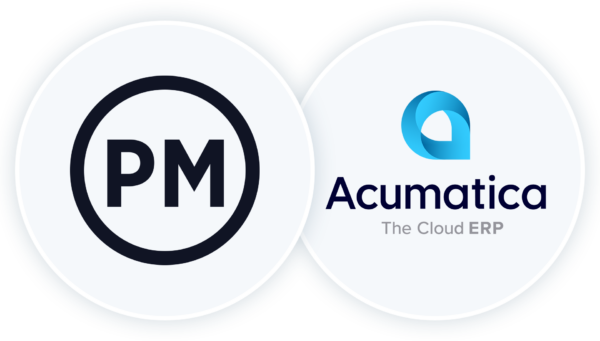

Why ProjectManager’s Acumatica Integration Makes the Best Production Management System
ProjectManager and Acumatica together deliver a complete production management system that unites the strengths of ERP software with powerful project management features. Acumatica handles the backbone of operations with accounting, inventory, payroll and supply chain management, while ProjectManager adds advanced scheduling, task management and collaboration tools. This integration removes the gaps manufacturers face when relying on a single solution that only solves half the problem and avoids the higher costs of layering on multiple tools to achieve full coverage.
Combine Financial Control With Operational Planning
Acumatica ensures that all financial data, billing processes and cost structures are accurate and up to date, while ProjectManager connects those numbers to production plans and schedules. Manufacturers gain a single source of truth for budgets, forecasts and resource allocation, which makes it easier to control costs and improve margins. Without this combined visibility, production teams often operate blind to financial constraints, leading to inefficiencies and missed opportunities.
Unite Supply Chain and Scheduling Tools
Acumatica streamlines procurement, logistics and warehouse management while ProjectManager organizes workloads, task assignments and production timelines. Together, they ensure materials arrive when needed and production schedules stay aligned with demand forecasts. This integrated approach reduces downtime, prevents bottlenecks and keeps manufacturing lines running at peak efficiency in ways that standalone ERP or project management tools cannot match.
Enhance Collaboration and Reporting
With Acumatica tracking data across departments and ProjectManager offering dashboards, timesheets and reporting, teams can monitor production performance in real time. Everyone, from operators to managers, works with the same information, improving accountability and decision-making. The result is greater transparency across all levels of manufacturing, something other systems struggle to provide without complex and expensive integrations.
Contact ProjectManager to Learn More
For those looking to integrate a production management system with a project management tool, the ProjectManager integration with Acumatica provides the best of both worlds. Schedule a custom demo by contacting ProjectManager today.
ProjectManager and Acumatica Integration Pros & Benefits
- Combines ERP and project management in one robust system
- Lower cost compared to SAP’s separate modules
- Real-time visibility into production schedules, inventory and costs
- Streamlined collaboration across teams and departments
- Scalable for manufacturers of different sizes and industries
- Faster implementation and easier to learn than SAP
- Flexible features that adapt to unique workflows
ProjectManager and Acumatica Integration Cons & Limitations
- Not as widely adopted as SAP in global enterprises
- Requires integration setup between the two platforms
- Some highly specialized manufacturing processes may need custom configurations
- Smaller user community compared to SAP’s ecosystem
- Dependent on cloud connectivity for full functionality
2. SAP S/4HANA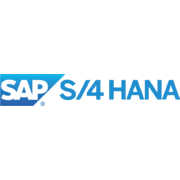

SAP S/4HANA is considered strong production management software because it offers advanced ERP capabilities that integrate finance, supply chain, procurement and manufacturing processes into a single platform. Its real-time analytics, global scalability and automation features allow large enterprises to manage complex production operations with high accuracy. For organizations with extensive resources, S/4HANA provides deep functionality and strong compliance tools that support efficiency and control across industries.


However, SAP S/4HANA is not always the best choice for every manufacturer. Its licensing and implementation costs are among the highest in the industry, making it difficult for small and mid-sized businesses to justify. The system can be overly complex, requiring specialized training and consultants for customization and ongoing use. While it offers power and breadth, it also creates barriers with cost, learning curve and flexibility compared to more agile alternatives.
Pros & Benefits of SAP S/4HANA
- Comprehensive ERP integration across finance, procurement, supply chain and production
- Real-time data processing and analytics for faster decision-making
- Scalable solution designed for global enterprises with complex needs
- Advanced compliance and governance features
- Strong automation tools to streamline repetitive processes
- Backed by SAP’s global support network
Cons & Limitations of SAP S/4HANA
- High licensing and implementation costs make it expensive
- Complex setup often requires consultants and long deployment timelines
- Steep learning curve for employees new to SAP systems
- Customization is time-consuming and resource-intensive
- Better suited for large enterprises, not small or mid-sized manufacturers
- Upgrades and maintenance can disrupt operations
3. Oracle NetSuite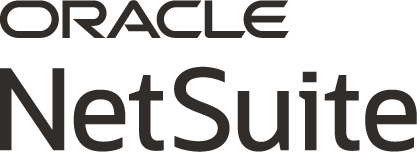

Oracle NetSuite is a solid production management software choice for businesses that want a cloud-based ERP platform with strong financial and supply chain management features. It offers modules that handle manufacturing, procurement and inventory, giving organizations a unified system to streamline operations. NetSuite’s scalability, ease of integration and global reach make it appealing to mid-sized companies and enterprises looking for flexibility and reliable reporting.


On the other hand, Oracle NetSuite has drawbacks that limit its usefulness for certain manufacturers. It can be costly, particularly as businesses scale and require more modules or user licenses. Its manufacturing and production management features are not as deep as dedicated systems, which may force businesses to rely on add-ons or integrations. Users often report a steep learning curve and difficulty customizing workflows to fit specific industry needs.
Pros & Benefits of Oracle NetSuite
- Cloud-based ERP with strong financial, inventory and supply chain modules
- Scalable platform suitable for growing mid-sized and enterprise businesses
- Global capabilities, including multi-currency, tax compliance and localization
- Unified data platform improves visibility across operations
- Customizable dashboards and reporting for real-time insights
- Strong integration ecosystem with third-party applications
Cons & Limitations of Oracle NetSuite
- High subscription and licensing costs, especially at scale
- Manufacturing and production modules are not as comprehensive as specialized software
- Customization requires technical expertise or costly consultants
- Steep learning curve for new users
- Performance can lag with large datasets or heavy reporting demands
- Support response times can be inconsistent
4. Katana MRP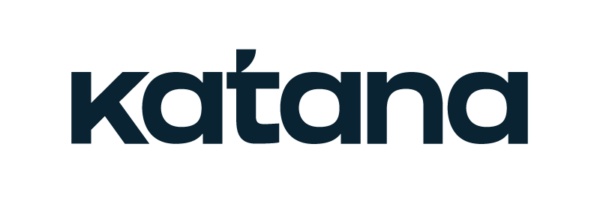

Katana MRP is a user-friendly production management software designed with small to mid-sized manufacturers in mind. It offers strong inventory tracking, order management and real-time shop floor control features. With its intuitive interface and seamless integrations with popular e-commerce and accounting platforms, Katana helps manufacturers gain better visibility into production schedules, raw materials and customer orders without the complexity of large ERP systems. It is particularly strong for businesses in direct-to-consumer or light manufacturing industries.
However, Katana MRP has limitations that make it less suitable for larger or more complex manufacturing operations. Its production planning and scheduling tools lack the depth of advanced systems, such as detailed Gantt charts or capacity planning features.
There are no built-in modules for workload management or comprehensive financial tracking, which may require businesses to add third-party tools. Pricing can also become expensive as companies scale, and some users report limited customization options for workflows and reporting.
Pros & Benefits of Katana MRP
- Simple and intuitive interface suitable for small to mid-sized manufacturers
- Strong inventory management with real-time tracking of raw materials and finished goods
- Seamless integrations with e-commerce platforms like Shopify and accounting tools like QuickBooks and Xero
- Real-time shop floor control for monitoring production tasks and worker assignments
- Affordable entry pricing compared to large ERP systems
- Cloud-based with fast setup and minimal IT overhead
Cons & Limitations of Katana MRP
- Limited production planning tools without advanced scheduling features, like Gantt charts
- No native workload management or shift planning tools
- Reports and workflows have limited customization options
- Not designed for large-scale or highly complex manufacturing environments
- Costs can increase significantly with more users or integrations
- Lacks advanced financial tracking and project management capabilities
5. Fishbowl Inventory

Fishbowl Inventory is a manufacturing and warehouse management solution built for small to mid-sized companies. It is particularly strong in inventory tracking, order management and integration with QuickBooks, making it a popular choice for businesses that want more control over stock and fulfillment. Fishbowl offers tools for manufacturing workflows such as bill of materials (BOM) creation, work orders and parts tracking, which provide visibility into production processes while maintaining accurate financial records through accounting integration.
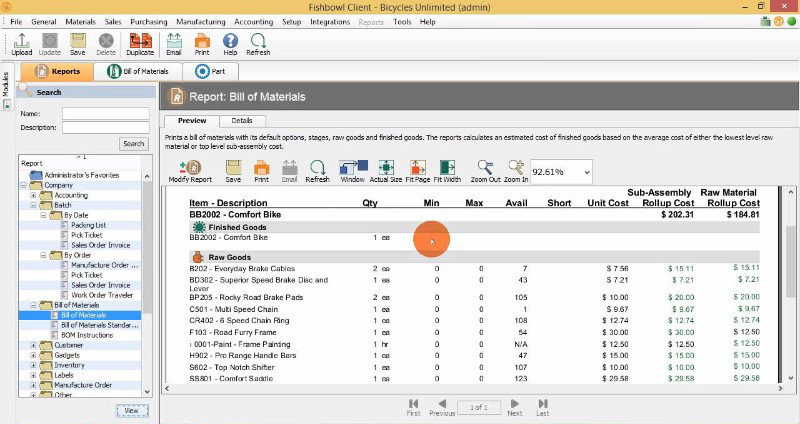

On the other hand, Fishbowl Inventory has limitations that may restrict its usefulness for some manufacturers. While it covers the basics of production management, its planning and scheduling tools are not as advanced as those found in ERP or dedicated project management systems.
The software has a reputation for being difficult to learn and implement, and customer support is often reported as slow or inconsistent. Additionally, customization options are limited, and costs can grow with added modules or user licenses, making it less affordable as a company scales.
Pros & Benefits of Fishbowl Inventory
- Strong inventory management with real-time tracking of parts and finished goods
- Seamless integration with QuickBooks for accounting and financial management
- Manufacturing features like bill of materials (BOM), work orders and job tracking
- Useful warehouse management capabilities such as barcoding and multi-location support
- Affordable starting price compared to large ERP systems
- Good option for small to mid-sized manufacturers needing stronger inventory control
Cons & Limitations of Fishbowl Inventory
- Production scheduling and planning tools are limited compared to full ERP solutions
- Steep learning curve and setup process for new users
- Customer support can be slow and inconsistent, according to users
- Customization of workflows and reports is restricted
- Costs increase as more modules or user licenses are added
- Not ideal for large or complex manufacturing operations
Benefits of Establishing a Production Management System
Implementing a production management system offers manufacturers the ability to streamline processes, improve coordination and increase overall output. By connecting all aspects of production into one structured system, companies can better manage resources, track performance and make smarter decisions that drive profitability.
These benefits extend across inventory, cost control, resource utilization and process efficiency, all of which are essential for building a sustainable and competitive manufacturing operation.
Better Inventory Management
A production management system provides accurate visibility into raw materials, work-in-progress, and finished goods. This prevents overstocking or shortages, ensuring that the right amount of inventory is always available to meet demand. Better control of inventory reduces storage costs and helps avoid production delays caused by missing materials.
Detailed Cost Tracking
Tracking costs in detail allows managers to understand where money is being spent and identify opportunities for savings. A production management system captures expenses related to labor, equipment and materials, giving businesses the financial insights they need to maintain profitability and forecast future costs more accurately.
Helps Monitor How Resources Are Utilized
Resource utilization is a critical factor in manufacturing productivity. A production management system monitors how equipment, labor, and materials are used, ensuring they are allocated effectively. This helps reduce idle time, avoid overuse, and balance workloads across the production floor.
Greater Visibility Across Processes and Operations
With real-time data and centralized information, managers gain a clear view of every stage of production. This visibility makes it easier to identify bottlenecks, track performance and make adjustments quickly. Better oversight leads to smoother operations and improved decision-making across departments.
Improved Production Efficiency
By integrating workflows and automating routine tasks, a production management system helps streamline processes. Employees can focus on value-added activities rather than repetitive administrative work. The result is faster production cycles, higher output and more reliable delivery timelines.
Helps Reduce Waste and Minimize Production Costs
A production management system highlights inefficiencies and areas of waste, whether in materials, energy or labor. By addressing these issues, manufacturers can lower operating costs, improve sustainability and deliver products at a more competitive price without compromising quality.
Free Production Management Templates
While not as powerful as a production manufacturing system, templates can streamline production planning and operations by giving teams ready-made structures for scheduling, inventory tracking and process mapping. They save time, reduce errors and make it easier to maintain consistency across production activities. Below are three useful free templates to support production management.
Production Schedule Template
Download this free production schedule template to organize tasks, set deadlines and allocate resources to ensure smooth production runs. It provides a clear timeline of activities, making it easier to balance workloads and avoid bottlenecks.
Inventory Template
This free inventory template is designed to track raw materials, work-in-progress and finished goods. It improves visibility across stock levels, prevents shortages or overstocking and supports just-in-time production strategies.
SIPOC Template
Use this free SIPOC (Suppliers, Inputs, Process, Outputs, Customers) template to map high-level processes to show how different parts of production connect. It is useful for identifying inefficiencies, clarifying responsibilities and ensuring alignment across teams and stakeholders.
Related Content
Explore more resources to improve your production operations management. Below are links to articles on project and manufacturing KPIs, metrics, software and more.
ProjectManager is online project and portfolio management software that connects teams, whether they’re in the office or out in the field. They can share files, comment at the task level and stay up to date with email and in-app notifications. Join teams at Avis, Nestle and Siemens who are using our software to deliver successful projects. Get started with ProjectManager today for free.






